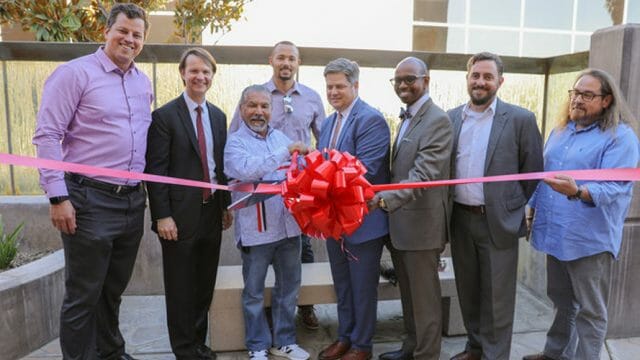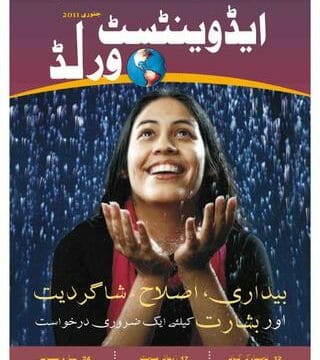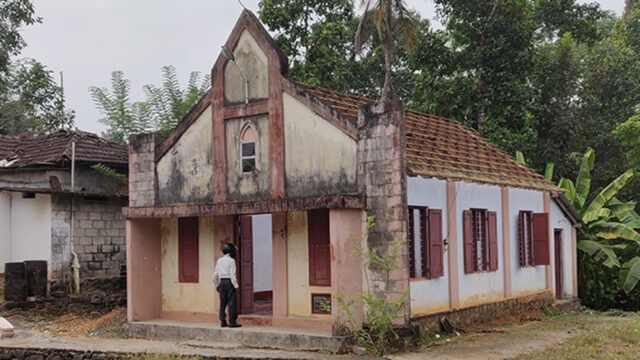Meetings drew attention to the potential of synergy and creativity in church ministry.

Mission was the focus of the Seventh-day Adventist Church’s worldwide Digital Strategy in Mission convention held in Chiang Mai, Thailand from July 8 to 14.
The church’s South Pacific Division (SPD) had a strong presence at the Adventist Technology Summit at the start of the week, with a number of presentations sharing the work they have been doing in technology to support the diverse and remote needs in the territory.
The conference was opened by Paul Douglas, chief financial officer and treasurer of the General Conference (GC), who issued a call to better integrate and collaborate across the church. “The Seventh-day Adventist Church must employ synergy as a strategic tool to reduce cost, eliminate redundant processes, and duplication of effort,” he said.
GC associate treasurer Richard Stevenson shared the seven-point Digital Strategy for Mission document that the GC has developed, which includes integration and centralization as well as developing tailored, contextualized digital strategies for each department and ministry.
SPD director of technology, operations, and strategy Ben Thomas presented a keynote that focused on prioritizing mission in the technology space, working as one church, and seeking divine guidance.
Adventist church member and deputy secretary of the Papua New Guinea government’s department of technology and communication Russell Woruba provided a keynote that detailed PNG’s digital transformation vision as a case study in how to find efficiencies of scale.
The ATS meetings were followed by the Global Adventist Internet Network (GAiN) 2024 gathering, which celebrated GAiN’s 20 years of operation. GAiN is primarily a network for media and communications professionals who work for the Adventist Church, and a timeline in the foyer showed the developments in media over the past 40 years, from the invention of the internet in 1983 to the introduction of smartphones and social media platforms, until today.
The GAiN part of the conference was opened with a parade of nations. Many attendees took the opportunity to dress in their national costumes and marched through the venue, while those watching were given information about the church and country they represented.
Continuing the theme of mission, the GAiN conference featured video reports from the 13 world divisions, the Middle East North Africa Union (MENA) — an attached field of the GC — and the Chinese Union Mission on how communication and media is being used in those regions.
In the evenings, participants were treated to viewings of documentaries and movies, including The Hopeful, directed by Australian Adventist Kyle Portbury. Portbury held one of the keynotes, tied to the theme of the event, which looked at the importance of telling stories through cinema, one of the last distraction-free zones in the modern world.
Other films shown were Return to Palau, a moving true story about tragedy and forgiveness, and Frontlines of Hope, which documents a group of mission-minded men leaving their families at home to distribute Bibles in a war zone.
For attendees like Henrique Felix, these conferences help break down the isolation that can sometimes be felt by small teams working in their own areas of responsibility. “I like the fact that we can better understand and see the big picture of the church in the communications area,” said Felix, communication coordinator in the North New South Wales Conference in Australia. “We see it’s not just us, but the worldwide church is moving to the same goal. It’s very inspirational.”
Khamsay Phetchareun from the GC Center for East Asian Religions gave some context on how those who live in the region believe and what it means when Adventists are trying to communicate with them.
Students from the nearby Chiang Mai Adventist Academy provided some musical items, and participants were reminded of the challenges of reaching out in Asia.
According to GC secretary Erton Köhler, while Asia has 60 percent of the world’s population and a surface area larger than that of the moon, only 17 percent of the church’s membership is found there. Asia contains the most populous island, Java; the most populated region, India; the biggest city, Tokyo; and many challenges for mission.
“We are called to be an end-time movement,” Köhler said. “We need leaders with eschatological vision.”
The Southern-Asia Pacific Division (SSD) is the SPD’s mission refocus partner, and holding the conference in Thailand was an effort to support and encourage the church in Asia.
The Digital Strategy in Mission conference was followed by Hope Channel International meetings, an economical way for people to attend all of the events.
The original version of this story was posted by Adventist Record.













